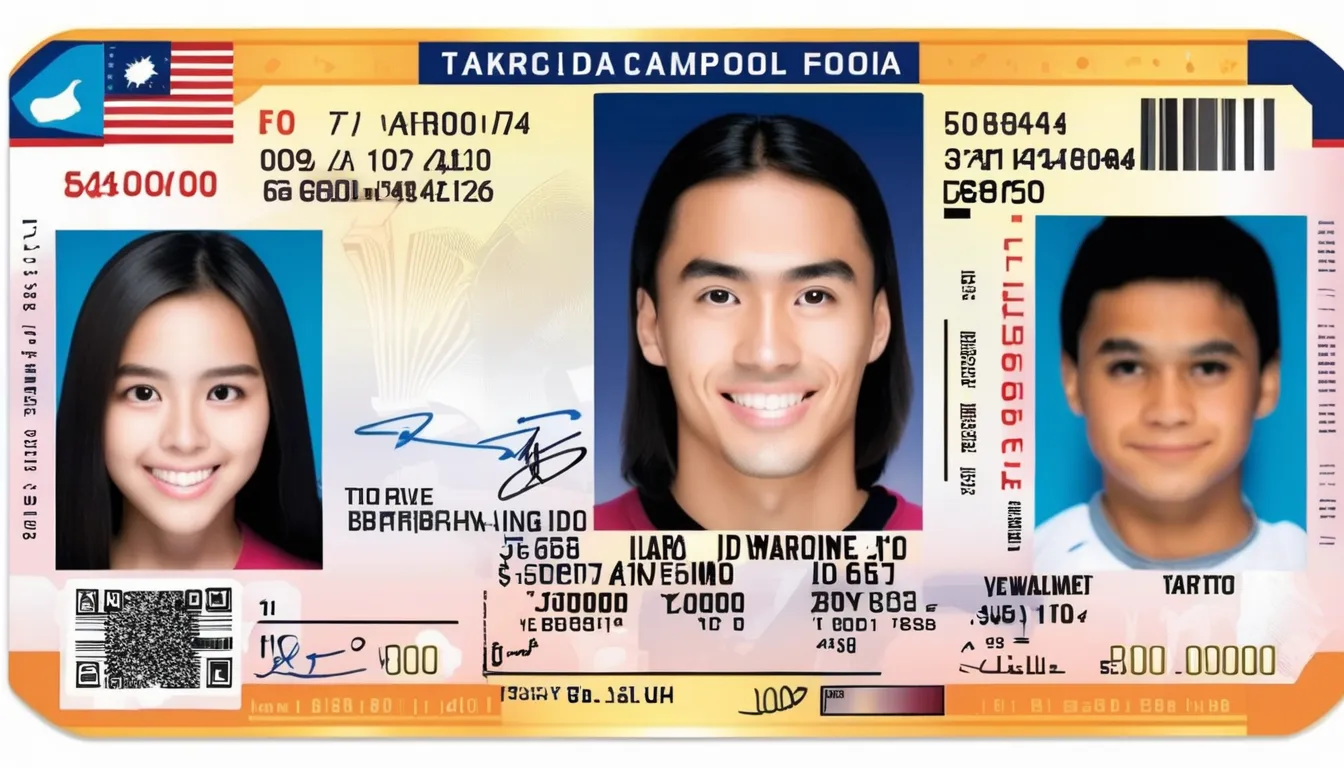If you’re living in Queensland and suffering from a total and permanent disability (TPD) that prevents you from working, it’s important to know that there may be financial support available through TPD insurance. This type of insurance provides a lump-sum payout to individuals who are permanently disabled and unable to work in their usual job or any other occupation. While the idea of a financial payout is reassuring, many people are unsure of what the claims process looks like, what to expect from a TPD payout, and how to navigate the complexities of the insurance system.
If you're in Queensland and considering filing a TPD claim, here's a humanized and straightforward breakdown of what you can expect from the TPD claims process and the potential payout.
What is TPD Insurance?
TPD insurance is typically included in superannuation funds or can be purchased as a standalone policy. It is designed to provide financial relief if you suffer a permanent disability that prevents you from performing your occupation, or sometimes, any occupation (depending on the terms of your policy). The payout from TPD insurance can be a significant financial lifeline, providing you with funds to cover medical expenses, daily living costs, rehabilitation, home modifications, or even starting a new chapter in your life.
Step 1: Understanding Your Eligibility for a TPD Claim
Before diving into the claims process, it’s essential to ensure you’re eligible for a TPD payout. While eligibility varies slightly depending on the policy, here are the general requirements for a successful claim:
- Permanent Disability: You must have a permanent injury or condition that significantly impairs your ability to work in your usual occupation, or any occupation suited to your skills and experience. This could be due to a physical injury, illness, or mental health condition.
- Medical Evidence: Strong medical evidence is crucial to proving that your condition is permanent and that you can no longer work. This evidence typically includes doctors' reports, medical tests, diagnostic results, and specialist opinions.
- Policy Conditions: You’ll need to review your insurance policy to understand what qualifies as “total and permanent disability” under your plan. Some policies are more specific, while others may provide broader coverage.
Step 2: Filing Your TPD Claim
Once you've confirmed that you're eligible for a TPD payout, the next step is to file your claim. The process of submitting a TPD claim typically involves several steps:
- Gathering Documentation: This is one of the most critical steps in the process. You’ll need to gather all relevant medical records, such as doctor’s notes, medical tests, reports from specialists, and other evidence that supports your claim. Additionally, you’ll need proof of your employment history and any other documentation required by your insurance provider or superannuation fund.
- Filling Out the Claim Form: You will need to complete a claim form provided by your insurer or superannuation fund. This form will ask for details about your medical condition, the impact on your ability to work, and any treatments or rehabilitation you’ve undergone. It’s essential to be as thorough and honest as possible, as incomplete or inaccurate information could result in delays or a claim rejection.
- Independent Medical Assessments (if required): In some cases, the insurer may require an independent medical examination (IME) to further evaluate your condition. This is typically an additional step in the process, but it’s important to comply to avoid unnecessary delays.
Step 3: What Happens After You File the Claim?
After submitting your claim, the insurer or superannuation fund will review the information provided. This process can take anywhere from a few weeks to several months, depending on the complexity of your case. The insurer will assess whether your condition meets the policy’s definition of total and permanent disability and whether your medical evidence is sufficient.
Here’s what to expect during this stage:
- Claim Review: The insurer will carefully examine your claim, your medical documentation, and your employment history. They may also contact your doctors or medical professionals for additional clarification or ask for further documentation if necessary.
- Decision Outcome: Once the insurer has reviewed everything, they’ll make a decision. If your claim is approved, you will receive a TPD payout, which can be used as needed to support your ongoing financial well-being. If your claim is denied, don’t be discouraged. There are avenues for appeal, and many claims are successfully overturned after additional information is provided.
Step 4: The Payout: How Much Can You Expect?
The amount of the TPD payout in Queensland can vary widely depending on several factors, including:
- The Policy Type: Different insurance policies offer varying levels of coverage. Some policies offer a set amount for total disability, while others are calculated based on factors like your salary, occupation, or the severity of your condition.
- Policy Limits: It’s important to review the specific terms of your policy to understand any limits or exclusions. The payout may also be affected by whether the policy covers only your own occupation or any occupation.
- Your Specific Circumstances: Your age, occupation, and the nature of your disability will also influence the payout amount. For instance, a person who is younger or in a more physically demanding job may receive a larger payout if they are unable to return to work.
While there’s no one-size-fits-all figure, TPD payouts can range from tens of thousands to several hundred thousand dollars, depending on the specifics of your policy. The key is to ensure that the payout covers your immediate and long-term financial needs, including medical costs, rehabilitation, and living expenses.
Step 5: What Happens If Your TPD Claim Is Denied?
While the goal is to have your claim approved the first time, many people face a denied claim due to various reasons, such as insufficient medical evidence or disagreements over whether the disability is permanent.
If your TPD claim is denied, don’t lose hope. You do have options:
- Review the Reason for Denial: Carefully read the insurer’s denial letter to understand why the claim was rejected. Often, claims are denied due to missing or incomplete medical evidence.
- Appeal the Decision: If you believe your claim was wrongly denied, you can appeal the decision. You can either provide additional evidence to support your case or ask for a second review.
- Seek Legal Advice: In some cases, it may be beneficial to consult a lawyer who specializes in TPD claims. They can help you understand your legal rights, navigate the appeal process, and represent you in court if necessary.
Final Thoughts: Navigating the TPD Payout Process with Confidence
The tpd claims payout queensland process in Queensland can feel daunting, especially if you're already coping with the challenges of a disability. However, understanding the steps involved and knowing what to expect can make the process more manageable. From gathering medical documentation to filing the claim and appealing a denial, it’s essential to be well-prepared and proactive.
Remember, TPD insurance is designed to provide support during difficult times, and the payout can be a life-changing benefit. Whether you’re dealing with a physical injury, illness, or mental health condition, take the time to carefully prepare your claim and seek assistance if needed. By doing so, you can maximize your chances of a successful outcome and secure the financial support you deserve.



